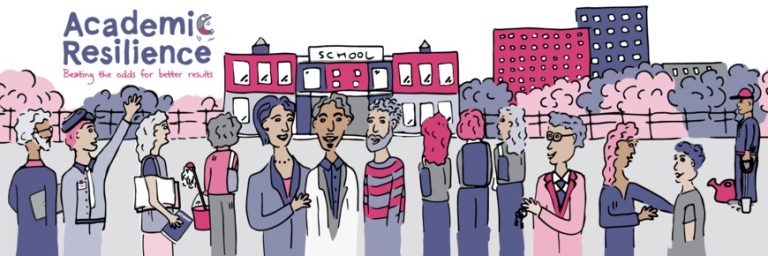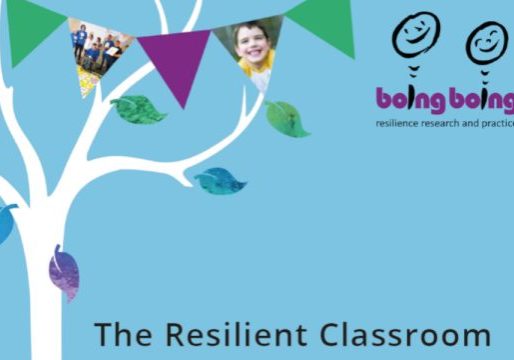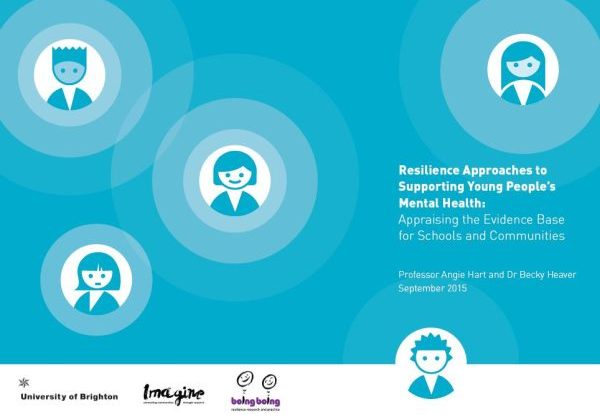How to improve results key points:
• It’s a whole school approach
• A whole school approach means the whole school community
• There are tools to test, review and audit your pupils’ needs.
A lot of people think that turning schools around is purely about getting on top of things like behaviour management, the quality of teaching and learning, and detailed progress monitoring. Of course these things are all essential across the whole school – and will have a big impact on results for the majority of pupils in the school.
But a lot of schools struggle with how they can improve results – or close the gap – for the more challenged, disadvantaged and vulnerable pupils in the school. This is much harder and requires much more attention to detail.
Helping those pupils to do better than might be expected will require changing their experience in every aspect of school life. Making that possible requires properly adopting this way of working across the whole school.
What do we mean by ‘whole school’?
• People – that means everybody: pupils, parents and all staff and volunteers from the Head through to the caretaker and the cook!
• Strategy and leadership, including: governance, policy, senior leadership
• Systems and structure, including: Information management, behaviour systems, support structures, etc.
Why the whole school approach?
The evidence (pdf) tells us that previous initiatives and programmes (pdf) for schools which have focused on things like increasing emotional wellbeing, or even some of the school resilience programmes, haven’t been as successful as they might have been when they were not implemented across the whole school community.
We also know that they are often very generic and try to reach everyone, which is a great intention, but from that starting point they are then more likely to have an impact on the more advantaged pupils and less on disadvantaged pupils.
To get the best out of the resources you put in, the more you include disadvantaged pupils as part of your focus, the more everyone will get out of it.
Whether you are applying targeted or universal approaches to building resilience you must hold disadvantaged pupils in mind, and you must embed that mind-set and make things happen differently at every opportunity across the whole school from strategic planning to individual face-to-face interactions.
So, if you have been convinced you want to try this and would like a systematic approach, then why not take the following steps to promoting academic resilience in order to improve the results for those in school about whom you feel most frustrated.
We have developed a simple expansion to a project ‘Plan, Do, Review’ approach.
Identify vulnerable pupils
How do you ensure you know about not just those who are obviously struggling or challenged but also all those who are at risk? And how do you ensure that all staff ‘hold’ those pupils in mind?
Download the Pyramid of Need slide (ppt) to use in your school, and in the ‘Which pupils are we talking about?’ section you can find out more about who this will help.
Here is a short film about the Pyramid of Need and its use in Hove Park School, Brighton.
Plan: Audit the whole school
In this section we provide a range of tools and approaches to test out how well your school is doing against the evidence base for what actually works in promoting academic resilience with disadvantaged pupils. This will generate ideas and actions for your school development plan, and also help you gather your evidence for when OFSTED come calling.
For a guided approach to conducting an audit, with supporting tools and templates, see ‘Audit the whole school‘.
Do: What can schools do?
There are a number of things schools. We understand it’s tough for schools to keep going and not give up on the pupils that challenge them the most.
For some practical ideas, see ‘What can schools do?‘.
Review
Changes across the whole school can be hard to sustain. Staff come and go, new initiatives and government directives arrive. It’s also worth knowing if your effort has paid off and where to put your energy.
Reviewing the activities you’ve undertaken against your existing data collection around risk and academic achievement will help you do this.


